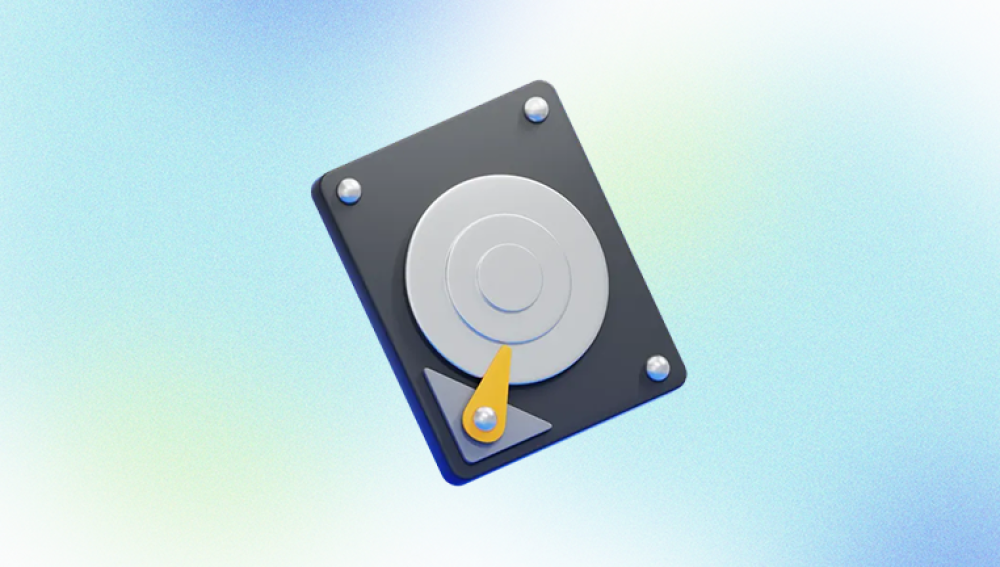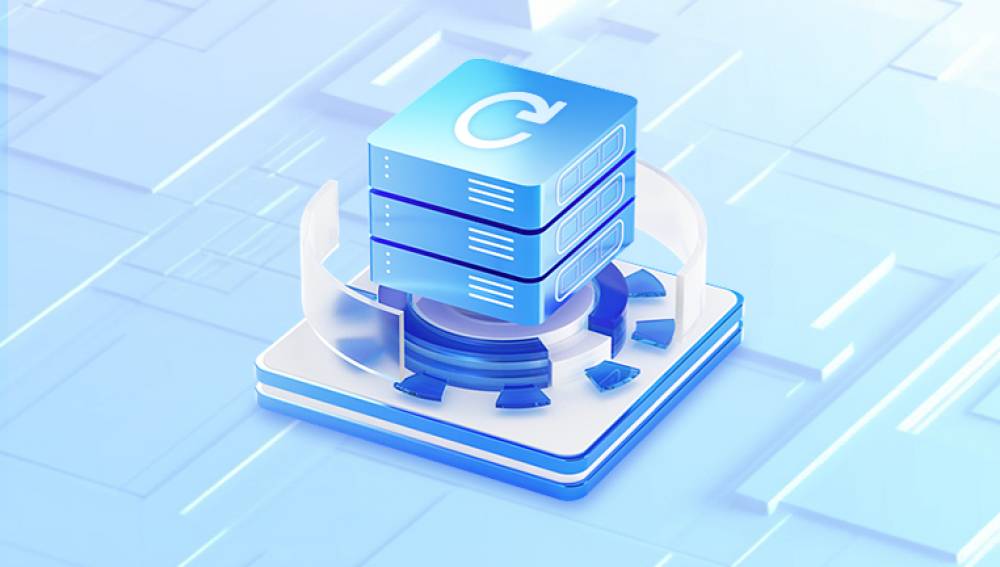As long as you are willing to trust Drecov Data Recovery Software, our prices are very reasonable, affordable for ordinary people, our technology is top-notch, and we also protect users' privacy and security.
Factors Influencing Data Recovery Costs
Type of Failure
The nature of the hard drive failure is the primary determinant of recovery cost. Failures generally fall into two categories: logical and physical.
Logical Failures: These occur when the hard drive is mechanically and electronically sound but cannot read or write data due to file system corruption, accidental deletion, or software issues. Logical recovery is typically less expensive as it doesn't require hardware repairs or cleanroom environments.
Physical Failures: These involve damage to the hard drive's components, such as the platters, read/write heads, or motor. Physical recovery is more complex and costly because it often requires replacement parts, specialized equipment, and a cleanroom environment to prevent further damage.
Extent of Damage
The severity of the damage directly affects the recovery process's complexity and duration. For example, a minor firmware issue might be resolved relatively quickly, while extensive platter damage could require days of meticulous work.
Drive Capacity and Type
The storage capacity and type of hard drive also play a role in determining recovery costs.
Capacity: Larger drives contain more data, which can complicate the recovery process and increase costs.
Type: Traditional HDDs (hard disk drives) are usually cheaper to recover than SSDs (solid-state drives) due to the different technologies involved. SSDs have no moving parts but use intricate data storage methods that can make recovery more challenging and expensive.
Turnaround Time
The urgency of the recovery can impact the price. Standard recovery services might take several days to a few weeks. However, expedited or emergency services, which prioritize your case, can significantly increase the cost.
Service Provider Expertise and Equipment
The expertise of the service provider and the quality of their equipment are critical. Reputable companies with certified cleanrooms, advanced diagnostic tools, and experienced technicians might charge more, but they also offer a higher chance of successful recovery.
Typical Cost Ranges
Data recovery costs can vary widely, but here are some general price ranges based on different scenarios:
Logical Failures
For logical issues, such as accidental deletion or file system corruption, costs typically range from $100 to $1.000. The exact price depends on the complexity of the problem and the size of the data needing recovery.
Physical Failures
Physical damage recovery is more expensive due to the need for specialized equipment and cleanroom facilities. Prices can range from $500 to $3.000 or more. Severe damage, such as multiple read/write head failures or extensive platter scratches, could push costs to the higher end.
Advanced or Complex Recoveries
For advanced cases, such as RAID arrays, SSDs, or drives with encrypted data, recovery costs can range from $1.000 to $5.000 or more. These situations require specialized knowledge and tools, making them more expensive.
Expedited Services
If you need your data recovered urgently, be prepared to pay a premium. Expedited services can cost 50% to 100% more than standard rates, with emergency recoveries potentially exceeding $5.000.
Choosing the Right Data Recovery Service
When selecting a data recovery service, consider the following factors to ensure you get the best value for your money:
Reputation and Reviews
Look for service providers with a strong reputation and positive customer reviews. Check online reviews, testimonials, and ratings on platforms like Google, Yelp, and the Better Business Bureau (BBB).
Certifications and Cleanroom Standards
Verify that the company has necessary certifications, such as ISO 5 Class 100 cleanroom standards, which ensure a contaminant-free environment essential for physical recoveries.
Success Rate and Experience
Inquire about the provider’s success rate and experience with your specific type of hard drive and failure. Experienced technicians with a proven track record are more likely to recover your data successfully.
Transparency and Communication
Choose a provider that offers clear communication and transparent pricing. They should provide a detailed quote after diagnosing the issue and keep you informed throughout the recovery process.
No Data, No Fee Policy
Many reputable data recovery services operate on a "no data, no fee" basis, meaning you only pay if they successfully recover your data. This policy provides peace of mind and ensures you don't pay for unsuccessful attempts.
Preventing Data Loss
While professional data recovery services can be a lifesaver, preventing data loss in the first place is always preferable. Here are some tips to protect your data:
Regular Backups
Regularly back up your data to multiple locations, such as an external hard drive, cloud storage, or a network-attached storage (NAS) device. Automated backup solutions can simplify this process.
Avoid Physical Damage
Handle your hard drives with care to prevent physical damage. Avoid exposing them to extreme temperatures, moisture, or physical shocks.
Use Surge Protectors
Power surges can damage electronic components in your hard drive. Use surge protectors to safeguard your devices.
Monitor Drive Health
Use monitoring software to keep an eye on your hard drive's health. Many tools can alert you to potential issues before they lead to failure.
Keep Systems Updated
Regularly update your operating system and software to protect against vulnerabilities and reduce the risk of data corruption.





